With many times of rearranging administrative units at district and commune levels; Thanh Hoa has its own experience in solving the problem of arranging staff when streamlining the apparatus.
A corner of Thanh Hoa city.
Historically, most provinces and cities in Vietnam have undergone changes in administrative boundaries, including mergers or separations at different stages. However, there are some provinces and cities that have maintained their boundaries since their establishment without ever being merged with any other locality, including Thanh Hoa province.
In this streamlining revolution, Thanh Hoa and 10 other provincial-level units remain the same, including: Hanoi City, Hue City, Lai Chau, Dien Bien, Son La, Cao Bang, Lang Son, Quang Ninh, Nghe An and Ha Tinh.
Although it has never been merged, split or renamed, Thanh Hoa province has a wealth of experience in arranging and selecting officials to stay and continue working in the new apparatus. This locality is considered to be at the top of the localities that have arranged administrative units at the district and commune levels in recent times.
Right person, right job, right ability
According to the history of the formation of Thanh Hoa province in modern times until about 1969, the number of cadres and staff in Thanh Hoa province increased rapidly. In 1970, the Organizing Committee of Thanh Hoa Provincial Party Committee had to streamline the apparatus and reduce staff to improve the efficiency of work for cadres, following the direction of the Politburo and the Government Council.
In order to arrange the surplus staff to streamline the apparatus, in accordance with the current situation, Thanh Hoa province has proposed a policy to transfer staff with weak professional capacity but good at production to direct production work. For scientific and technical staff and workers who are working in different fields or professions, they will be transferred to their old professions or transferred to production facilities.
Then in the later stages, the arrangement of cadres and the streamlining of the apparatus were also carried out by Thanh Hoa province, focusing on selecting the right person for the right job, the right person, and properly resolving the relationship between cadres with degrees and cadres working from practice. Cadres who are weak, have poor health and reach retirement age will be resolved to retire according to the current regime and policies.
At that time, Thanh Hoa province prioritized production development, so cadres who did not have enough capacity, experience or were not properly trained could retire early, creating conditions for training and fostering a team of young, capable cadres to serve the task of expanding production and services.
By 1992, Thanh Hoa Provincial Party Committee issued a Resolution on reorganizing the apparatus and streamlining the staff in administrative and public service agencies. During this period, Thanh Hoa aimed to ensure that the number of staff was appropriate to the functions, tasks, and powers of each unit and locality.
To streamline the apparatus, reduce staff and select and retain "elite" cadres, Thanh Hoa province requires units to ensure objectivity and democracy; to properly resolve the relationship between cadres with degrees and cadres who work from practice and have working capacity.
Officials who are not selected to be retained and have enough years of service will be granted a regime without a medical examination. Other officials who are eligible will also be granted a one-time regime or assigned a job until retirement.
Around 2008, Thanh Hoa province selected officials based on the assessment of capacity, professional qualifications, moral qualities and prestige. Priority was given to officials with experience, management capacity and a high sense of responsibility.
The key factor is to be reasonable, open and transparent.
At the 6th Conference in October 2017, the 12th Central Executive Committee issued Resolution No. 18-NQ/TW on a number of issues regarding continuing to innovate and reorganize the political system to be streamlined and operate effectively and efficiently. Thanh Hoa is one of the localities that has been seriously and systematically implementing this resolution.
Specifically, in the period 2016-2021, Thanh Hoa province merged 143 communes to establish 67 new communes, reducing 76 communes; merged 3,100 villages and residential groups to establish 1,522 villages and residential groups, reducing 1,578 villages and residential groups. With this result, Thanh Hoa is one of the localities implementing the most administrative unit arrangement at commune and village levels in the country.
Also during this period, Thanh Hoa province exceeded the target of streamlining the payroll in the spirit of Resolution No. 39-NQ/TW by reducing over 10% of the payroll of cadres, civil servants and public employees.
In addition, implementing the arrangement of district and commune-level administrative units in the 2023-2025 period, this locality has also successfully merged Dong Son district into Thanh Hoa city and merged 23 communes to form 11 communes. Currently, Thanh Hoa province has 26 district-level administrative units (22 districts, 2 towns and 2 cities) and 547 commune-level administrative units.
In addition to the remarkable results in streamlining the apparatus, Thanh Hoa province has effectively implemented streamlining the payroll and restructuring the staff with sufficient qualities and abilities, equal to the new tasks. This is truly a difficult and complicated task.
The problem of arranging redundant cadres in the above period has been successfully solved by Thanh Hoa province based on the policy and spirit of openness and transparency; it is necessary to reasonably, harmoniously and humanely resolve the policies for cadres, civil servants and the organization after the arrangement.
Dong Son district will be merged into Thanh Hoa city at the end of 2024. Photo: Minh Hieu
In addition, Thanh Hoa province temporarily stopped recruiting and accepting cadres and civil servants at the units implementing the arrangement; carried out ideological work to mobilize and persuade cadres to retire before the age; encouraged the election of civil servants to take on the position of cadres in newly established places, arranged civil servants to concurrently hold the position of non-professional workers and resolutely did not arrange cases that did not meet the standards.
In the current revolution of streamlining the apparatus, the arrangement and selection of cadres is the top priority. Thanh Hoa province will select cadres and staff with sufficient qualities, capacity, and dedication to the people, ensuring impartiality, objectivity and evaluating the quality of the cadres commensurate with the new situation and tasks.
To ensure that the selection of cadres is public and transparent, Thanh Hoa province is determined to eliminate degraded, corrupt, wasteful, and negative cadres; and to prevent the situation where newly planned and appointed cadres are transferred to the new apparatus.
At the same time, close supervision will be carried out to prevent corruption and negativity. Party committees and leaders at all levels must lead and direct closely, strengthen inspection and supervision, and absolutely prevent "lobbying", "group interests", corruption and negativity in cadre work when implementing the reorganization of the apparatus and administrative units.
The rearrangement of the staff when streamlining the apparatus is not only an important task but also a complex problem that requires transparency, fairness, reasonability, and humanity. Thanh Hoa, with its experience through many times of rearranging administrative units at the district and commune levels, has shown a methodical, scientific way of doing things, putting the common interest first. By choosing the right people, assigning the right tasks and eliminating negative factors, Thanh Hoa province has created a more effective and efficient operating apparatus, meeting the development requirements in the new period. |
According to Industry and Trade Newspaper
Source: https://baothanhhoa.vn/lua-chon-can-bo-khi-tinh-gian-goc-nhin-tu-thanh-hoa-244280.htm


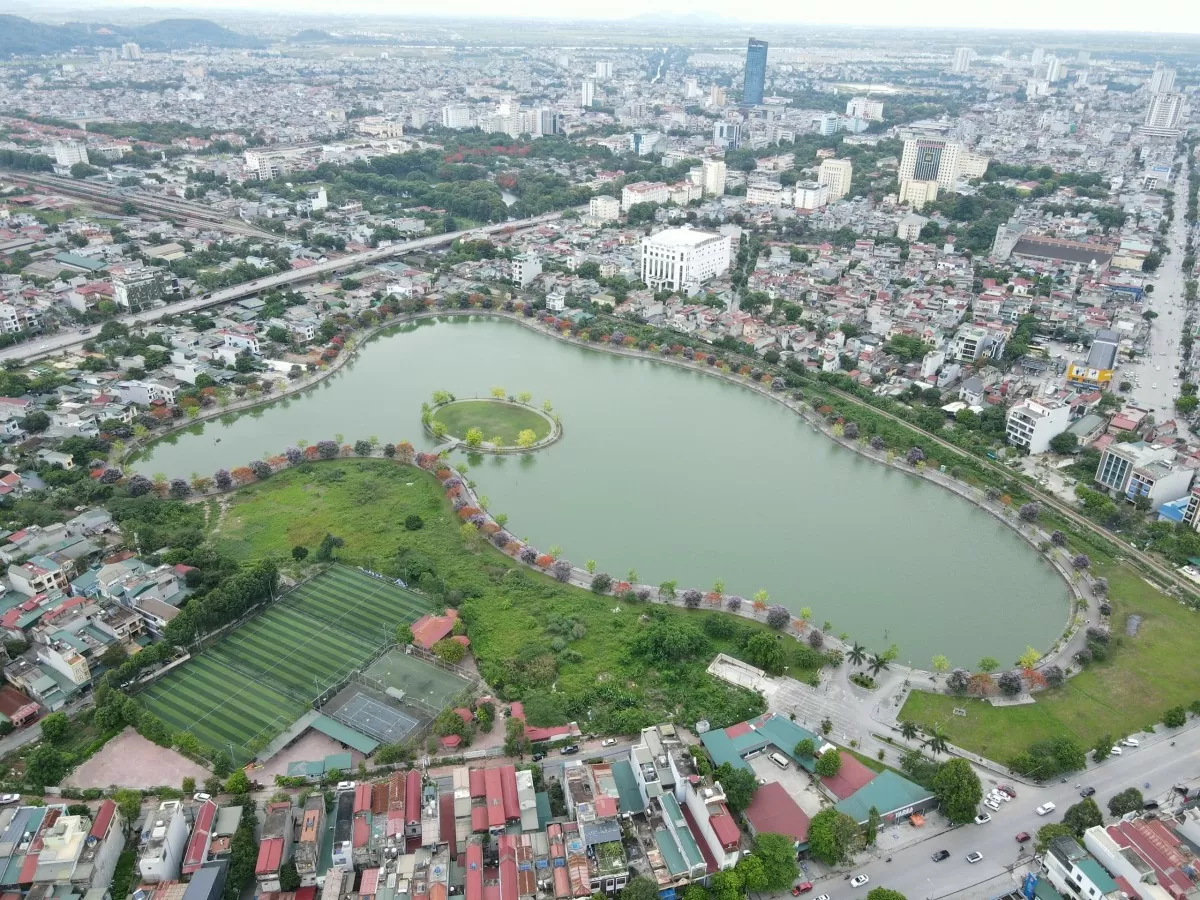
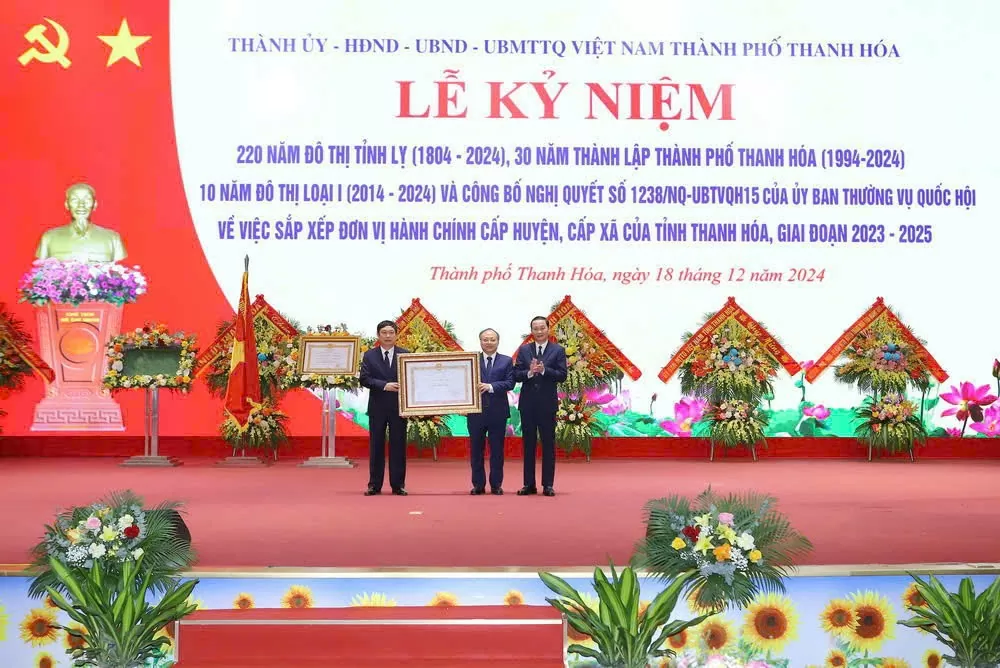


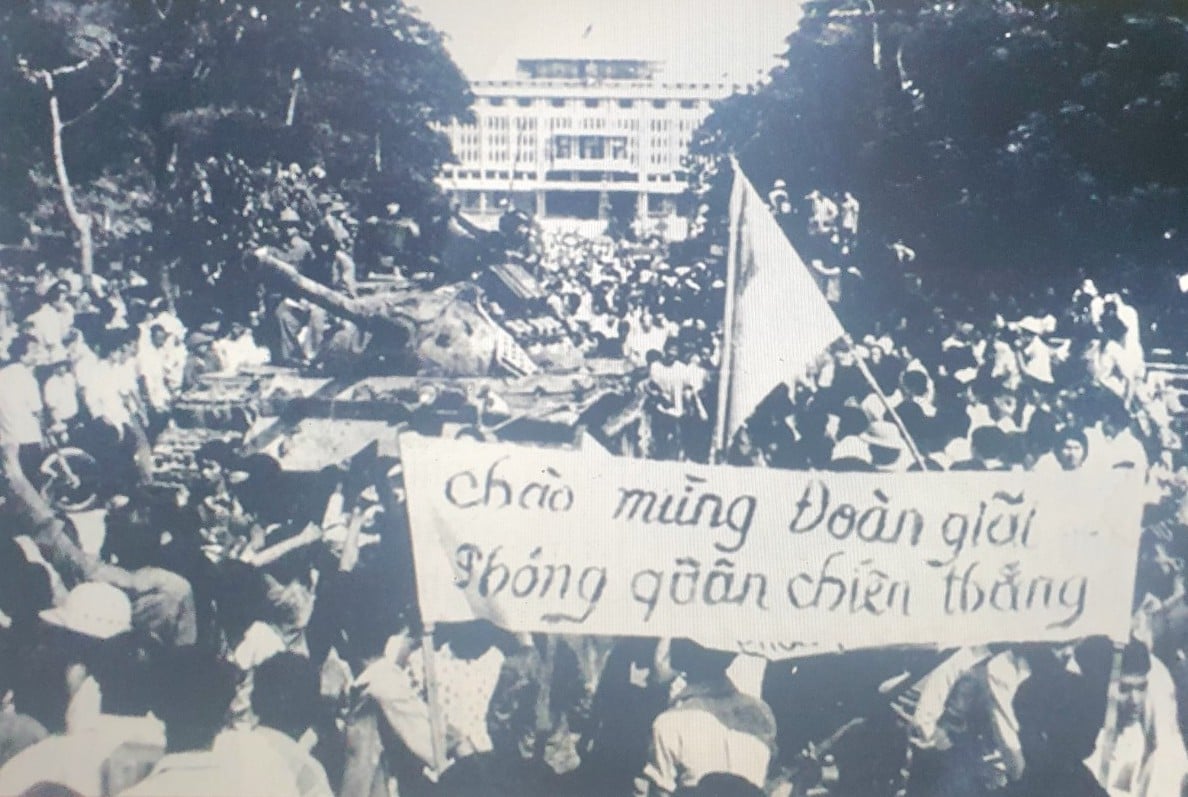
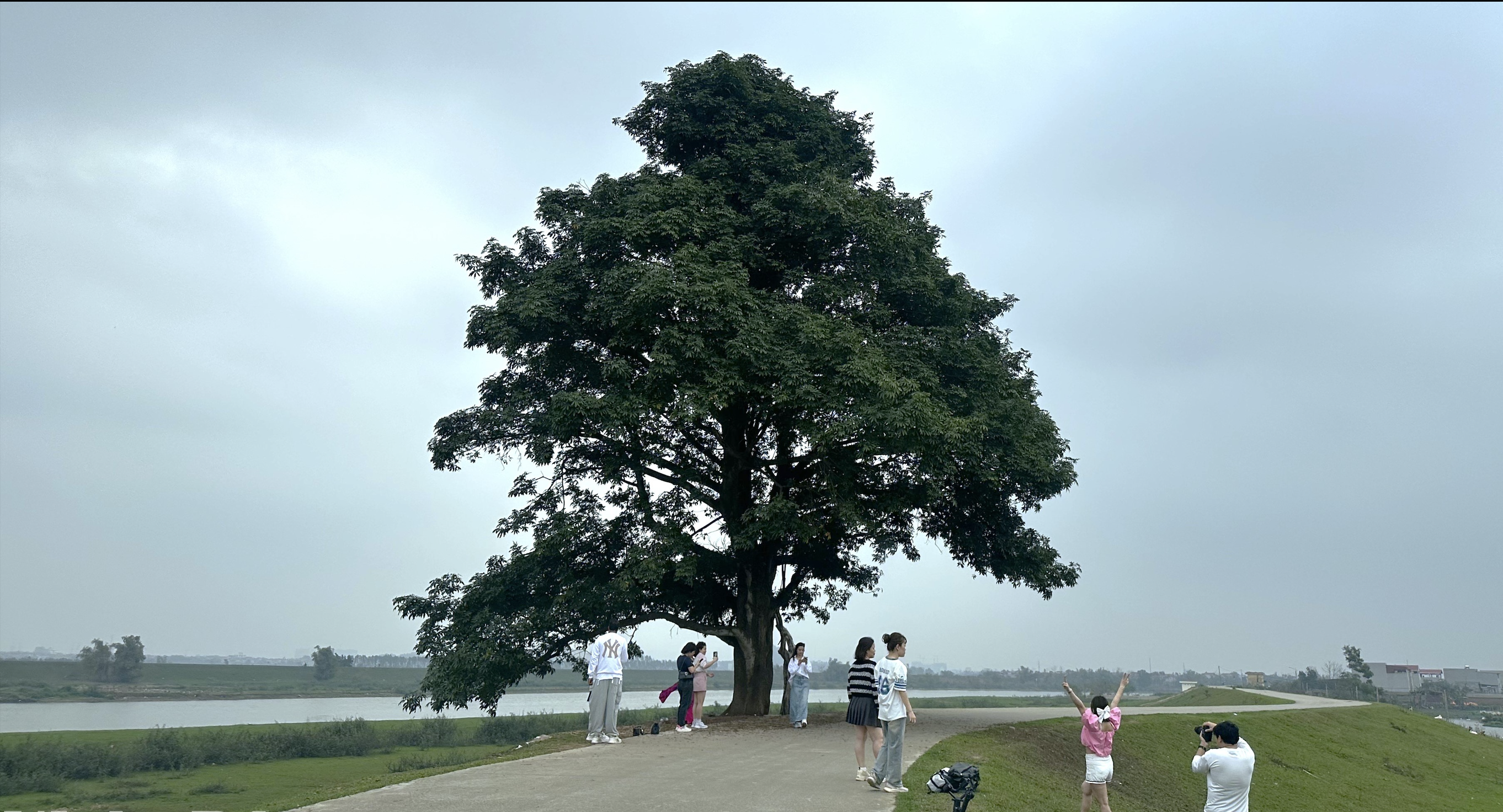
![[Photo] Prime Minister Pham Minh Chinh chairs meeting on US imposition of reciprocal tariffs on Vietnamese goods](https://vstatic.vietnam.vn/vietnam/resource/IMAGE/2025/4/5/9b45183755bb47828aa474c1f0e4f741)
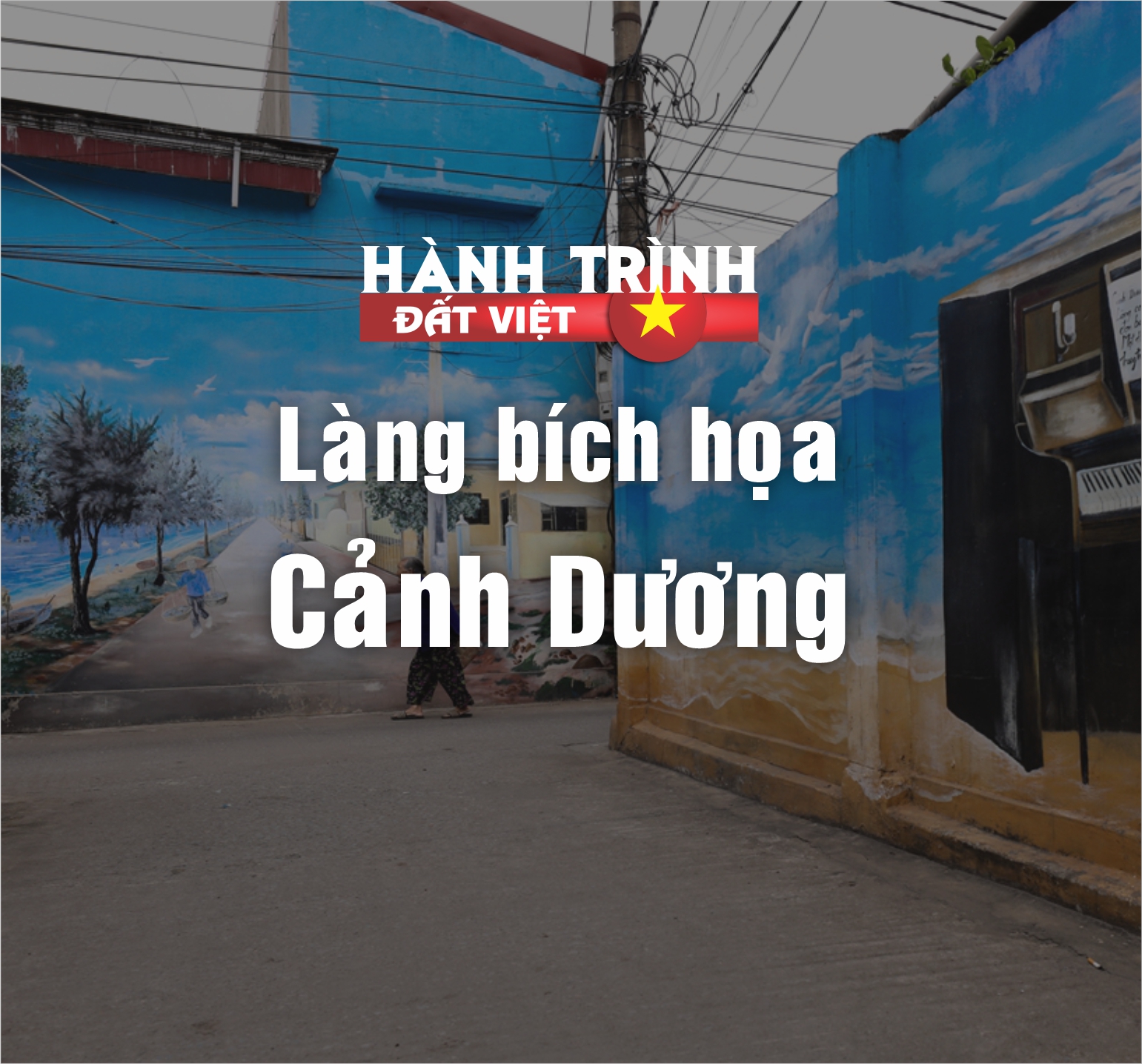
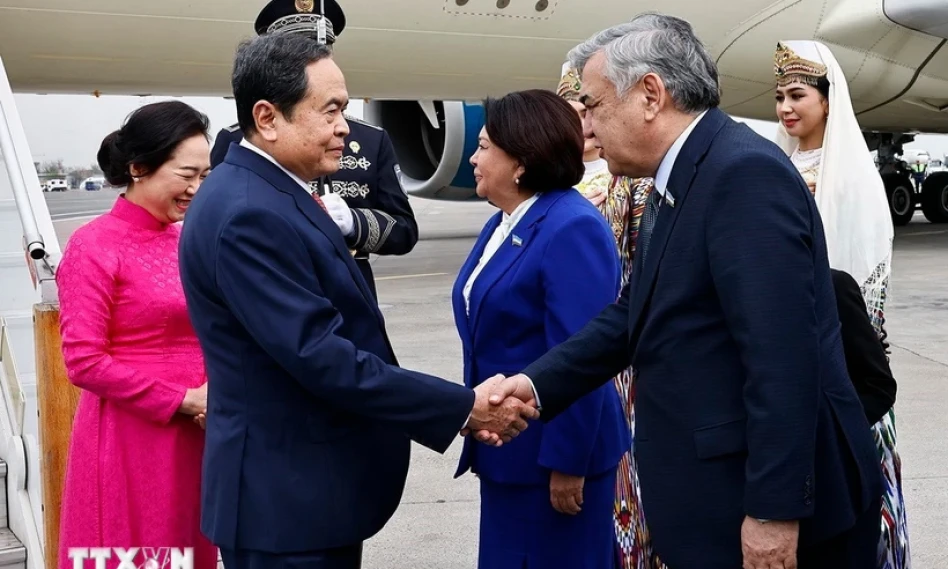
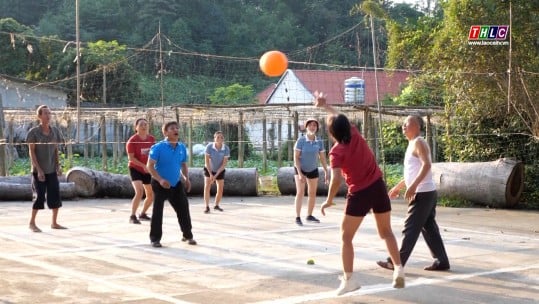
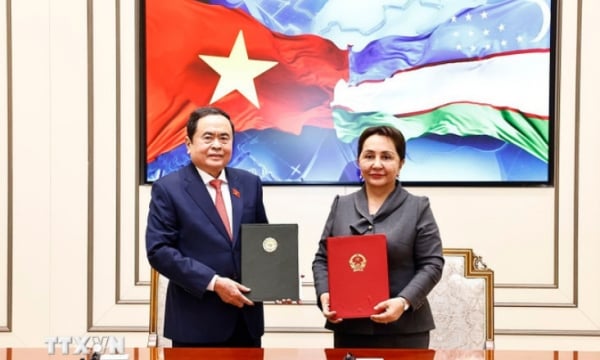
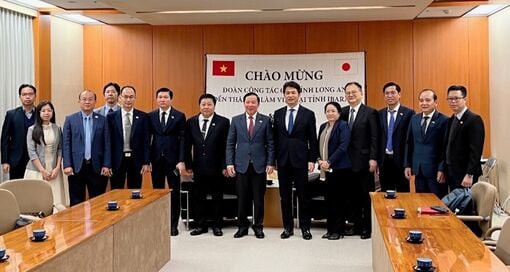
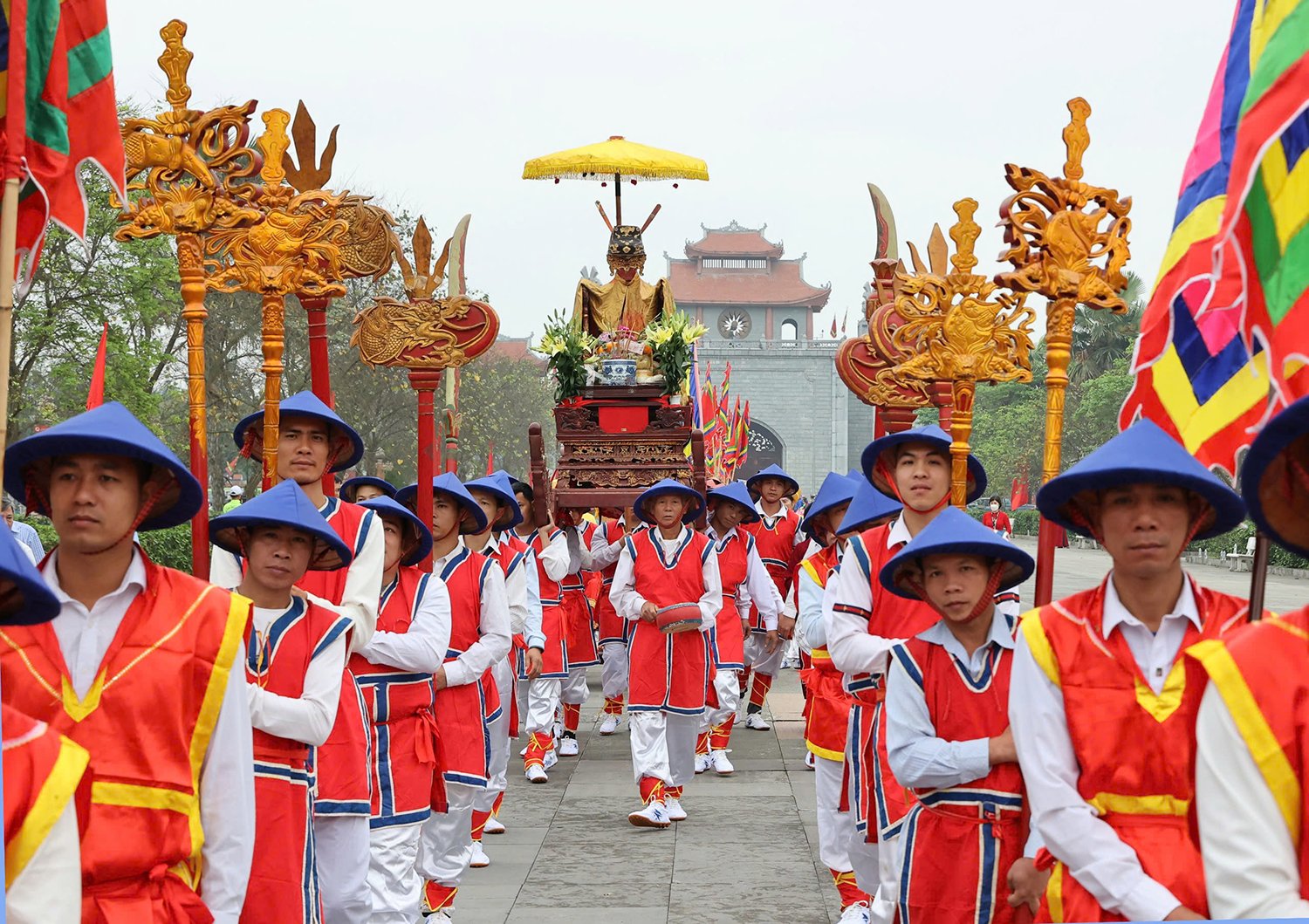
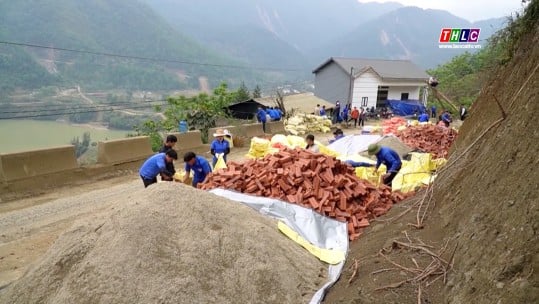

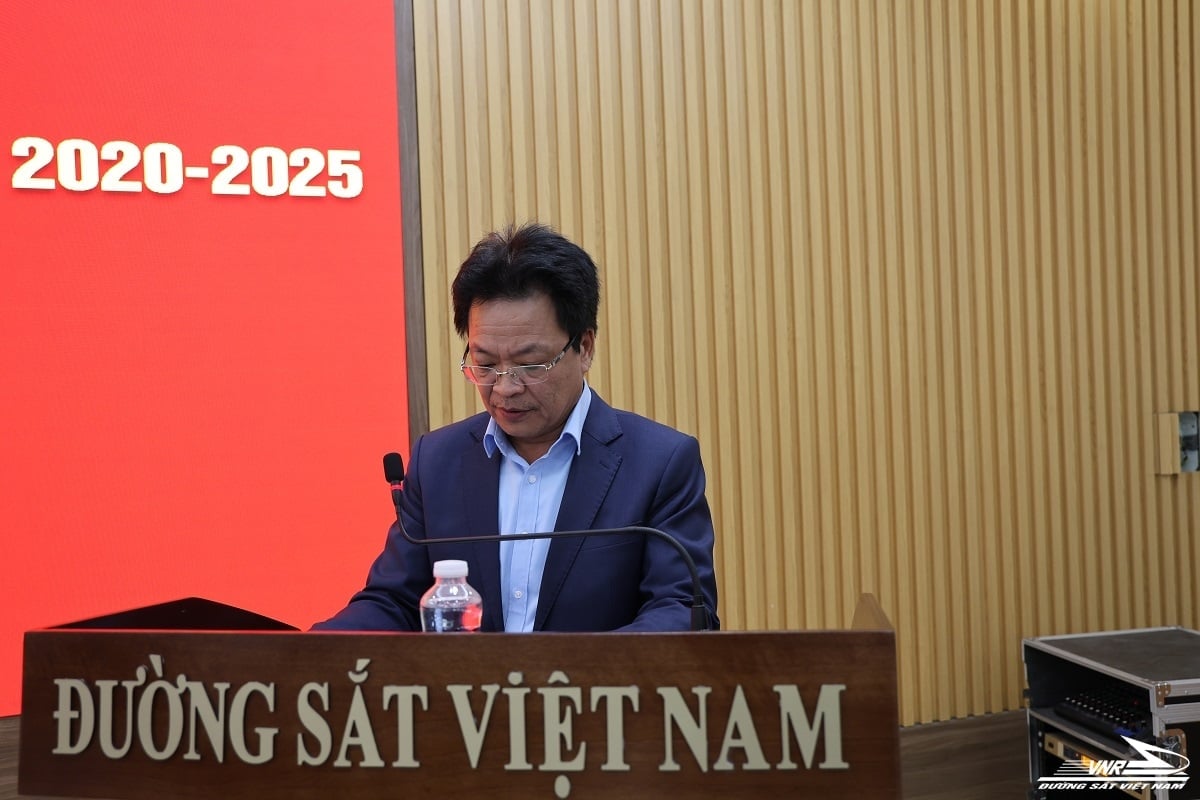

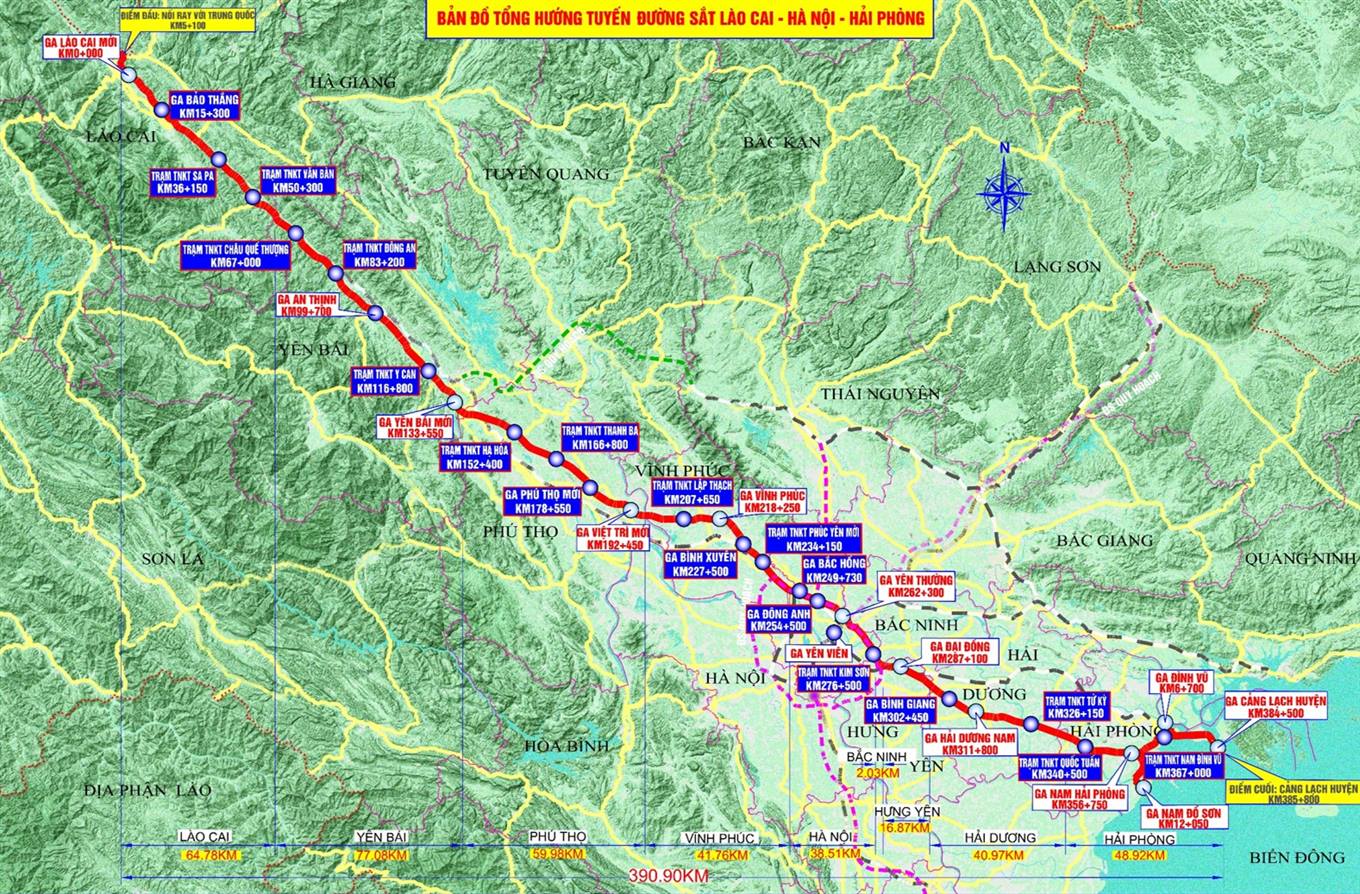
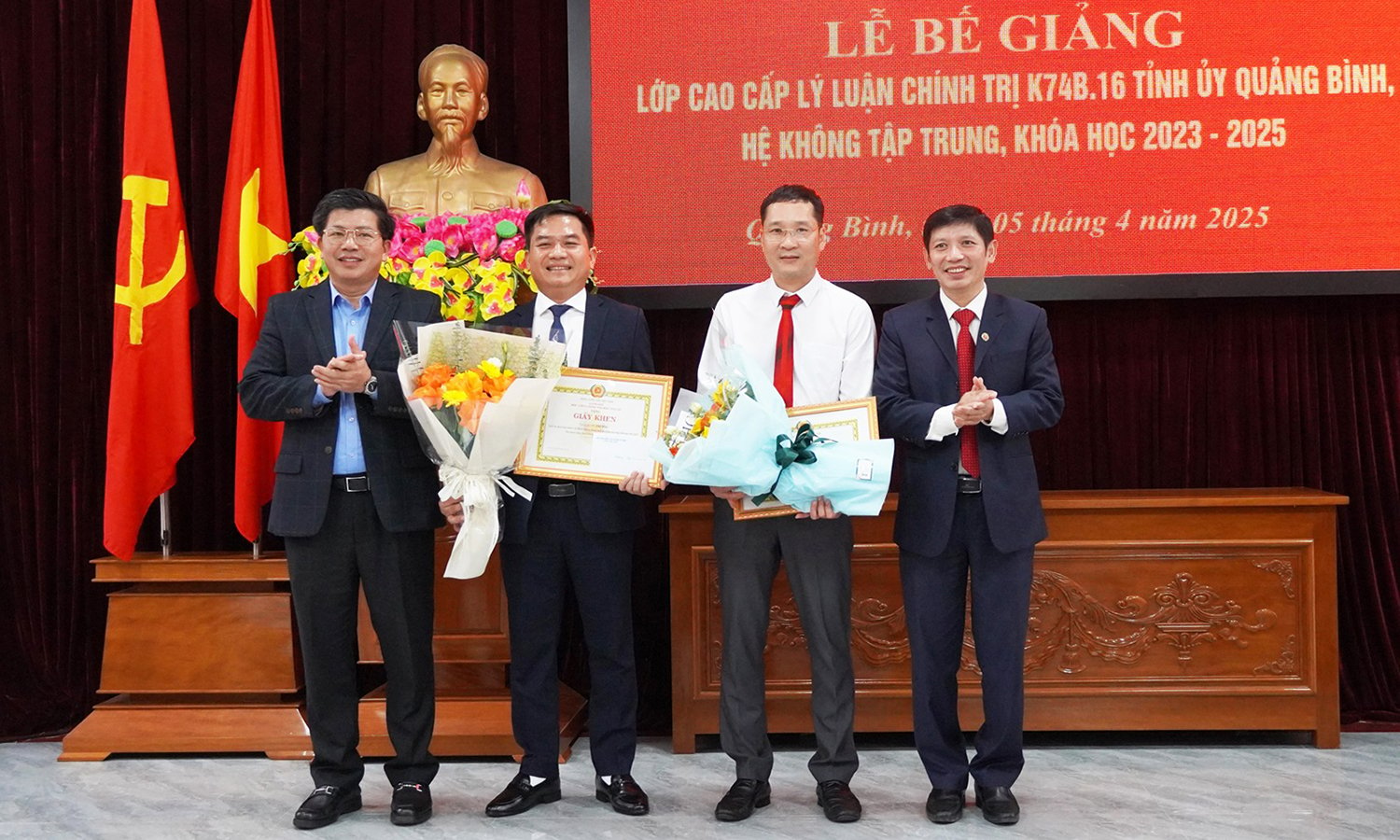

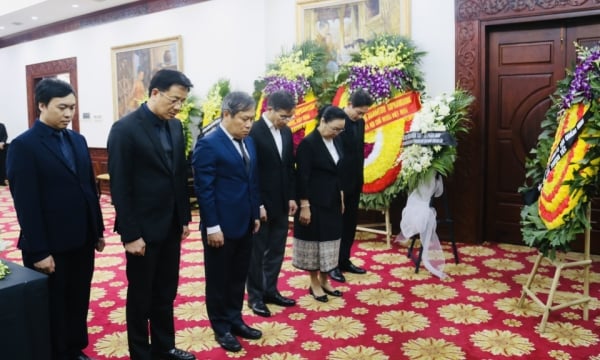
![[Photo] Dong Nai people warmly welcome the forces participating in the parade](https://vstatic.vietnam.vn/vietnam/resource/IMAGE/2025/4/5/ebec3a1598954e308282dcee7d38bda2)
![[Photo] Hanoi flies flags at half-mast in memory of comrade Khamtay Siphandone](https://vstatic.vietnam.vn/vietnam/resource/IMAGE/2025/4/5/b73c55d9c0ac4892b251453906ec48eb)





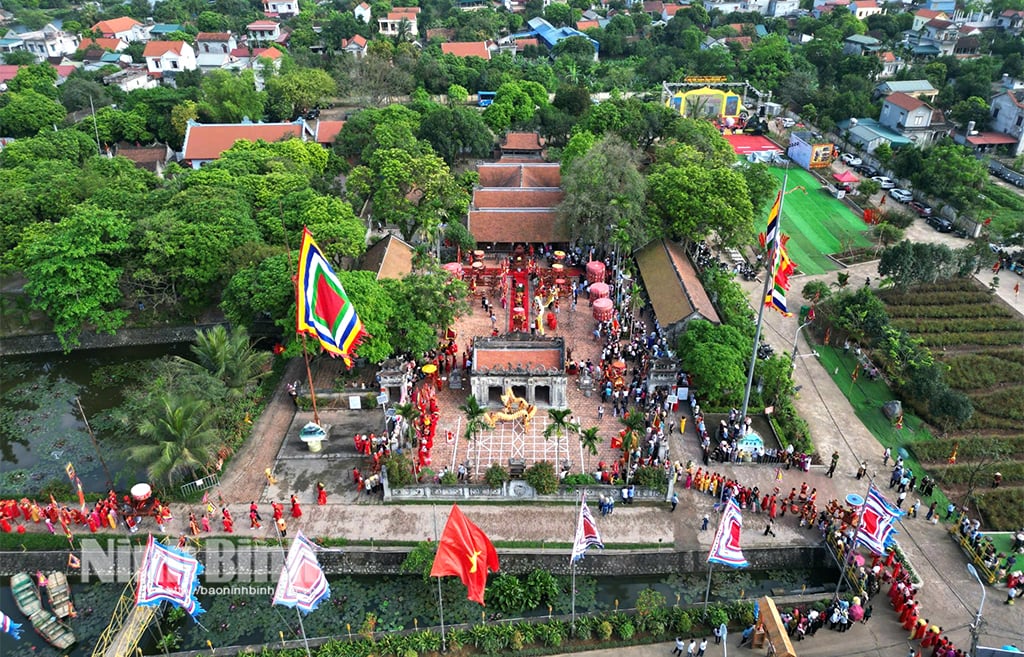



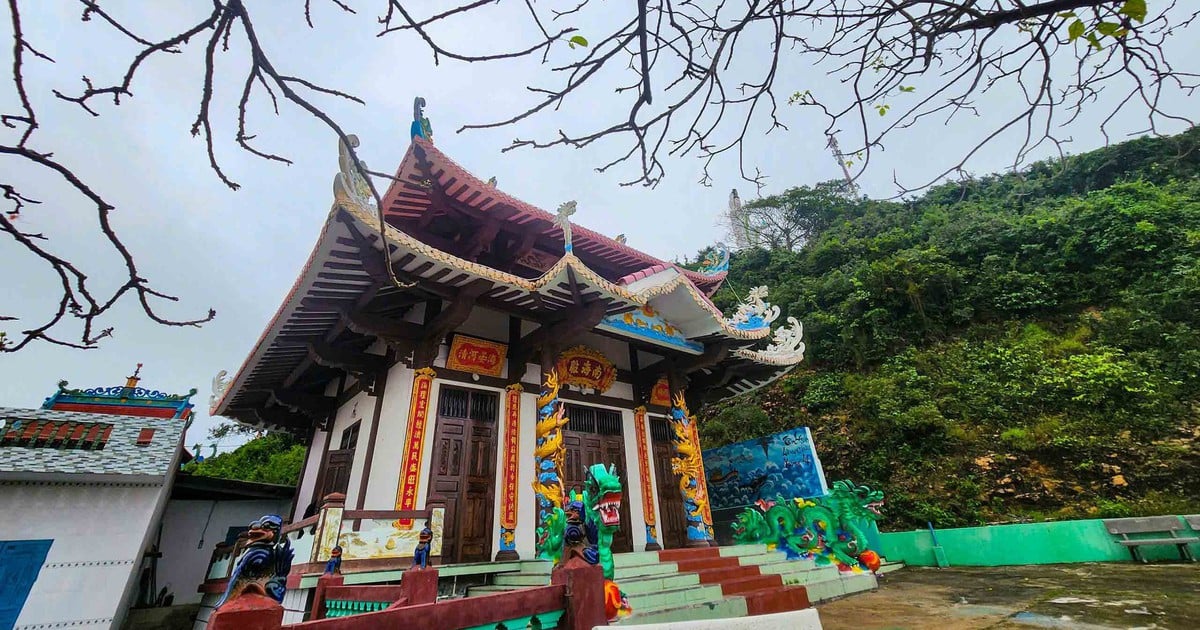

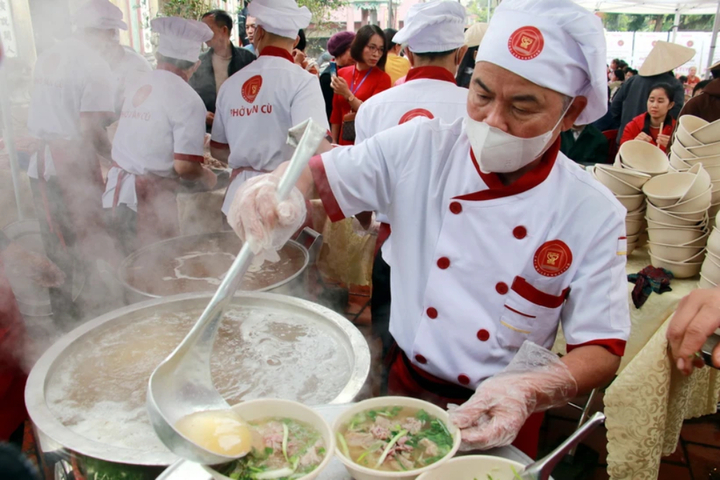

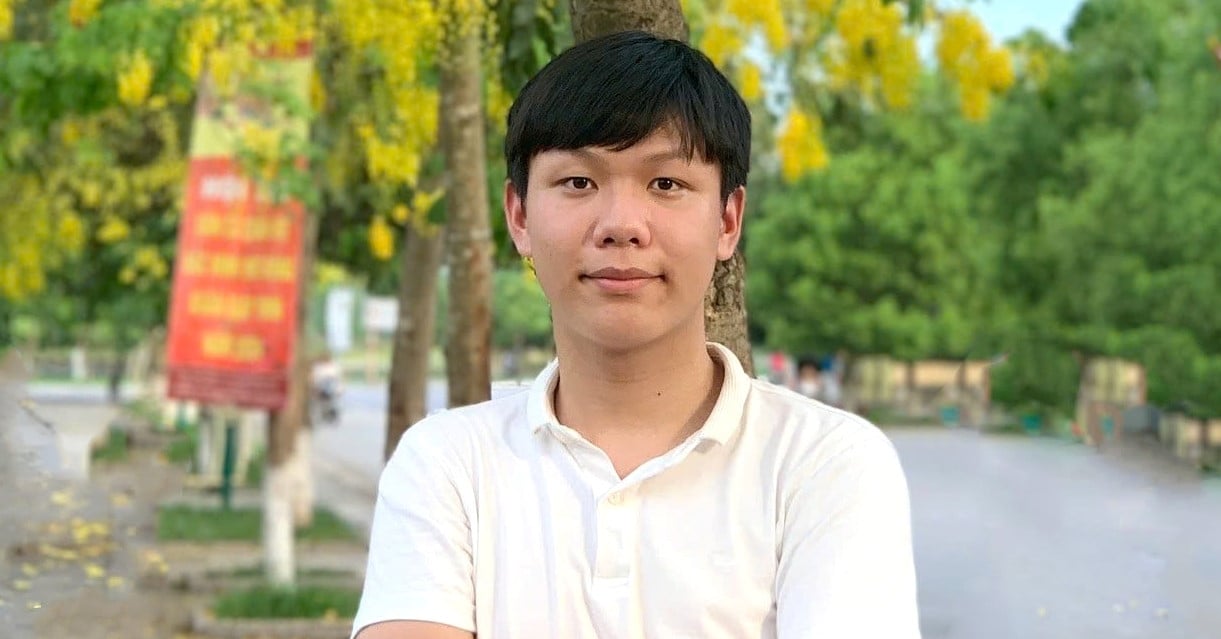



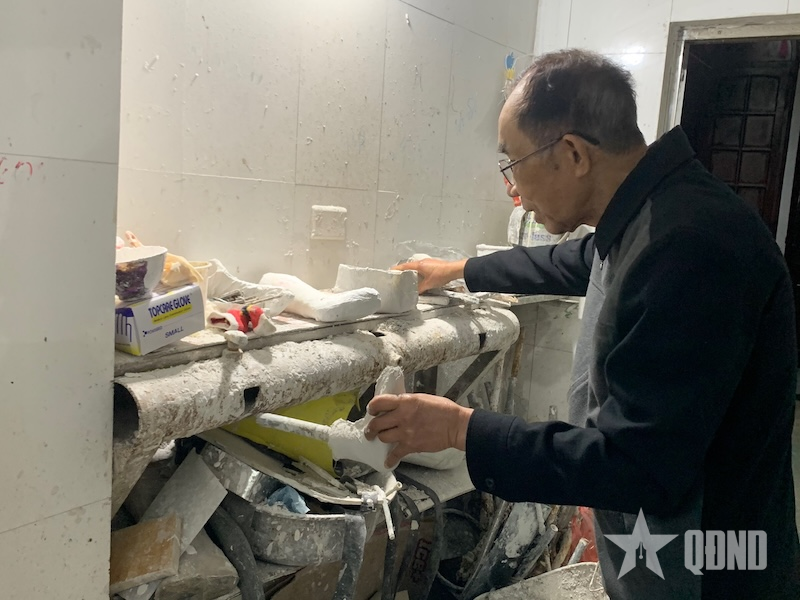

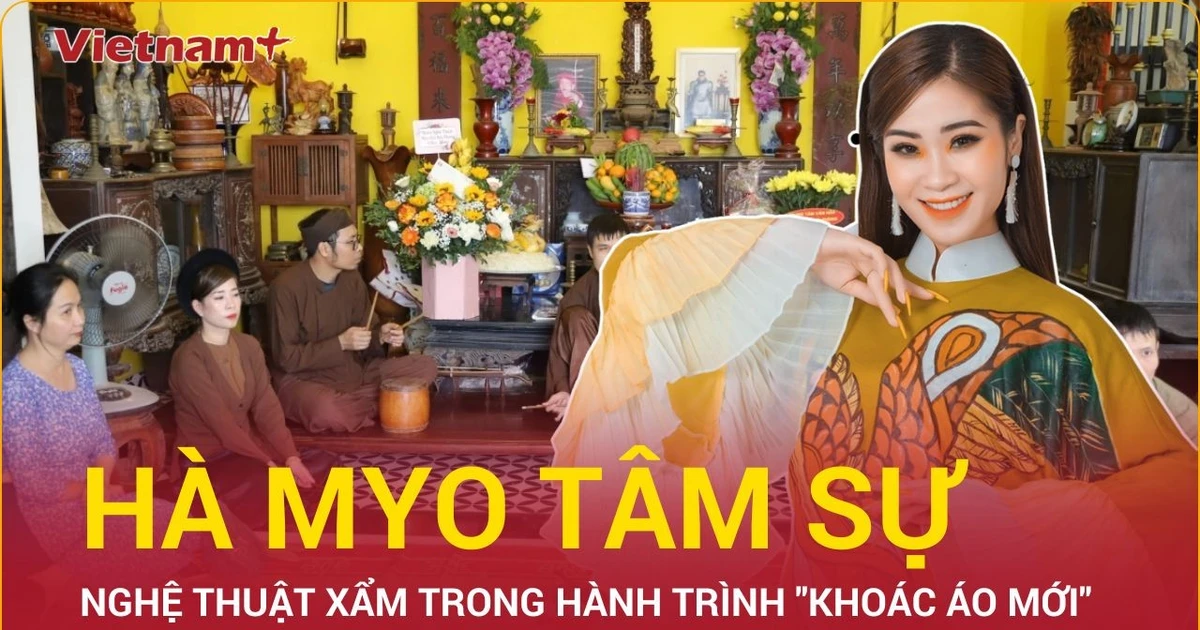

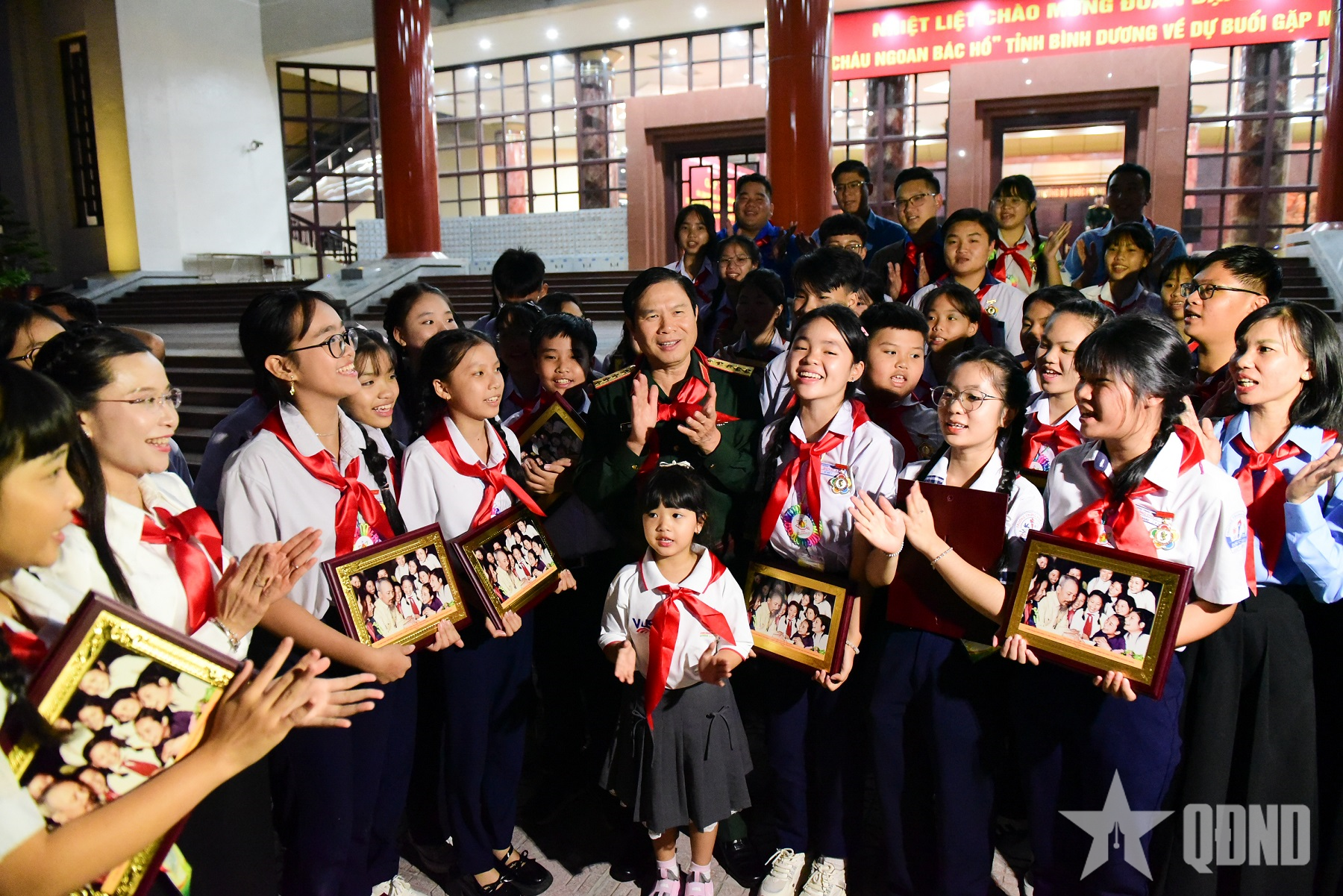

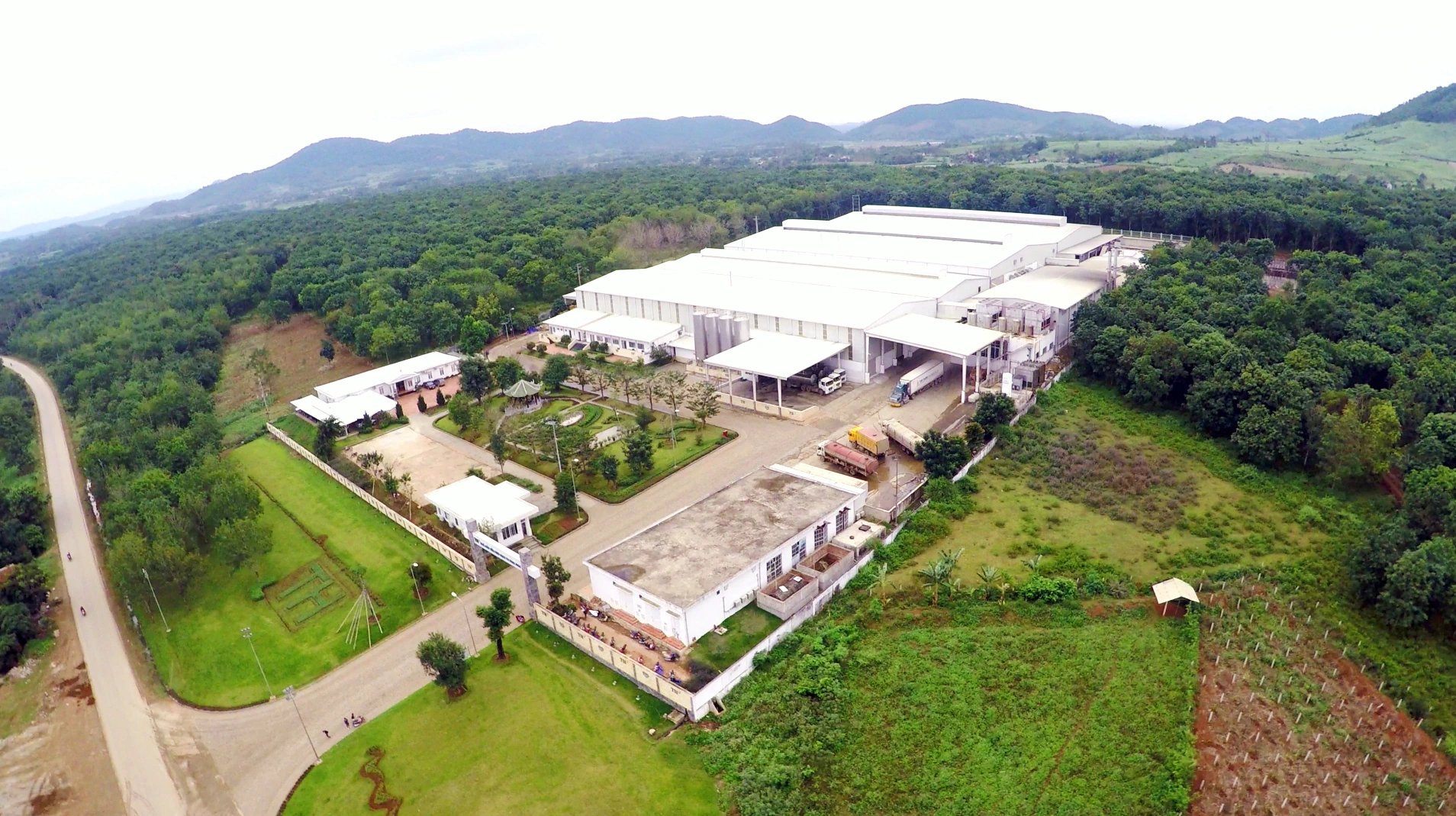




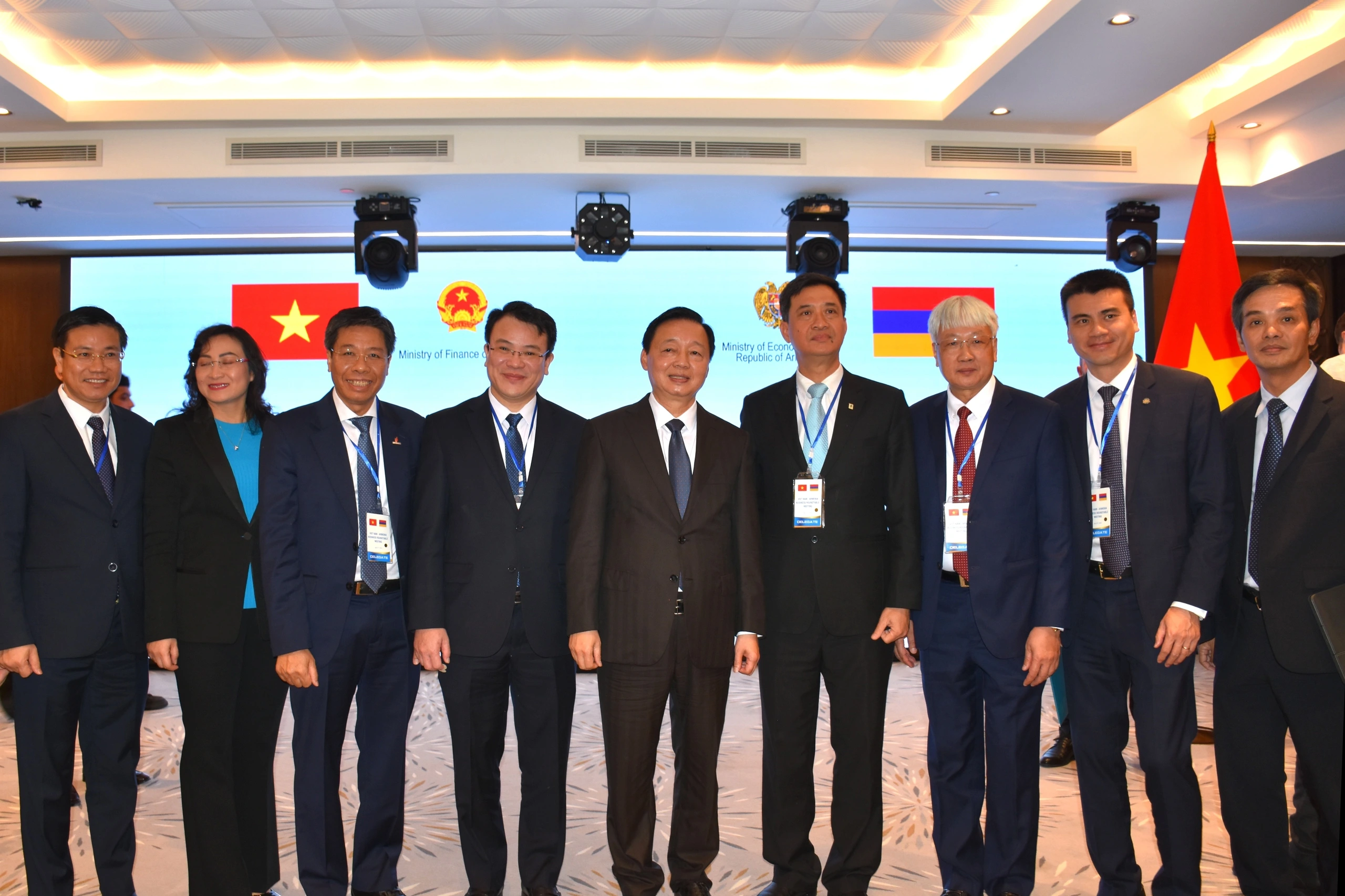



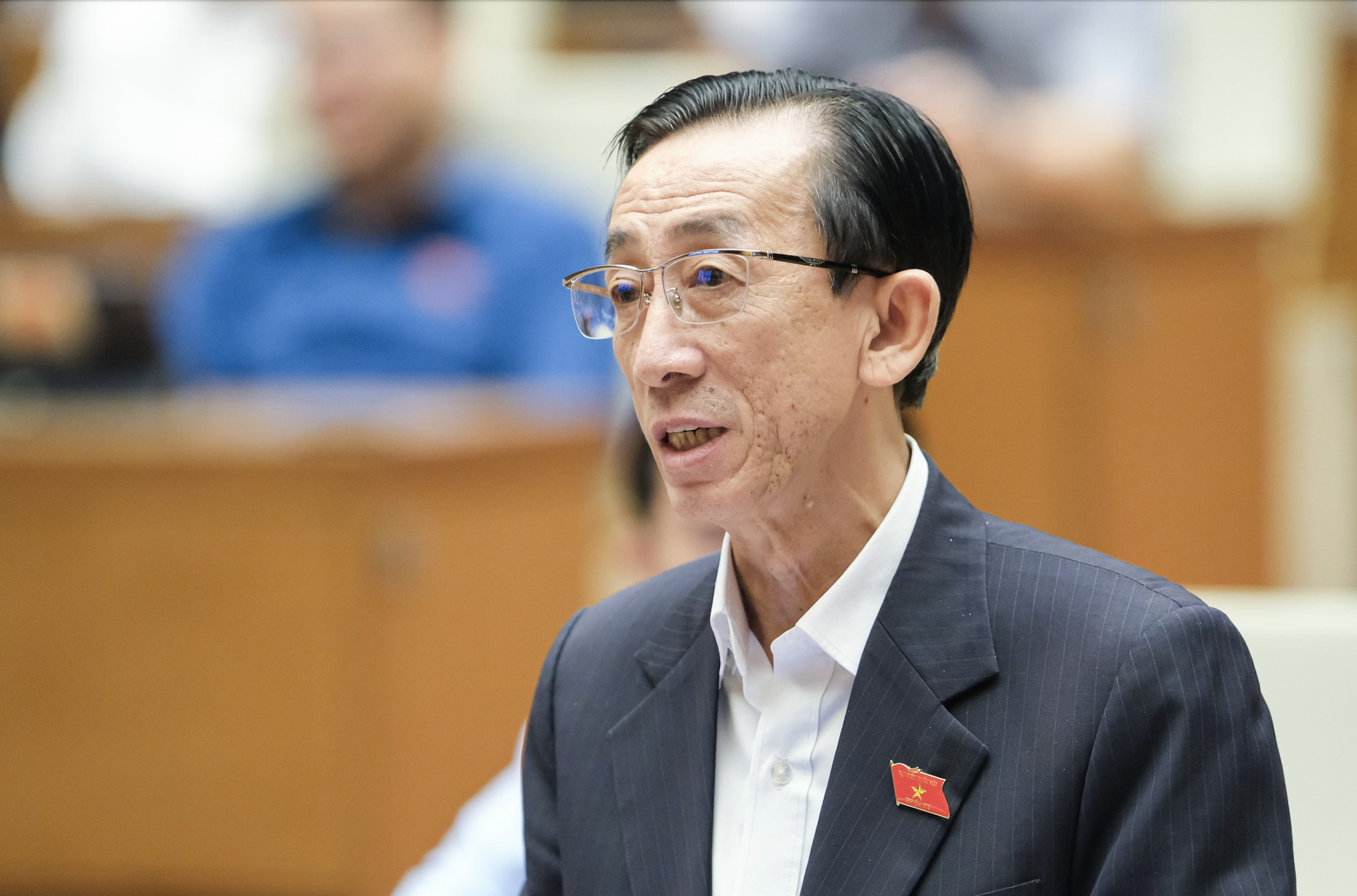




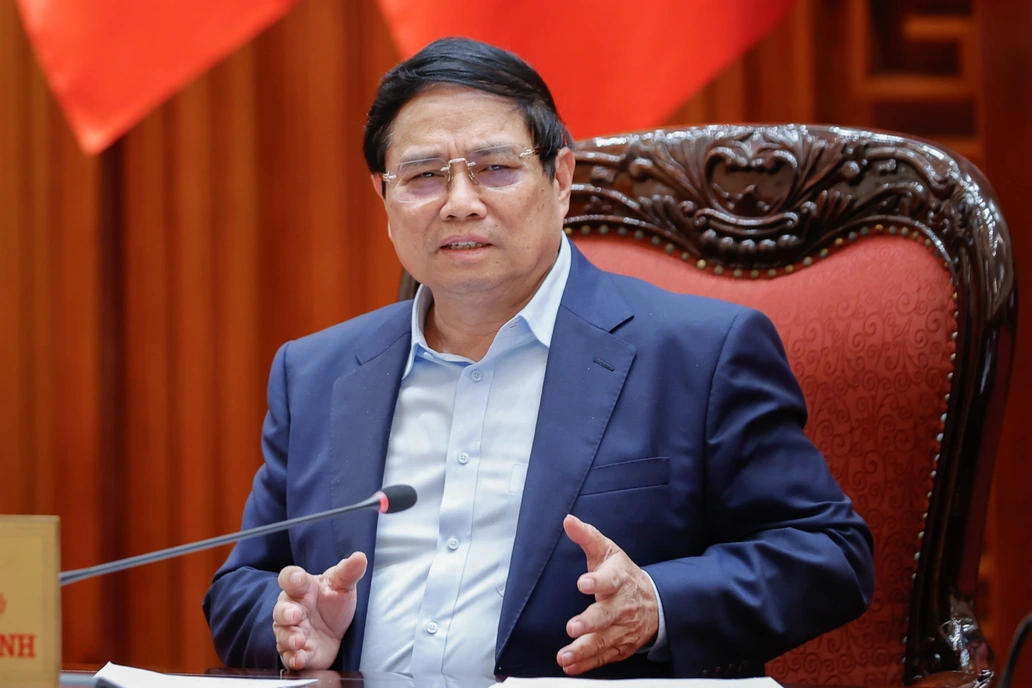










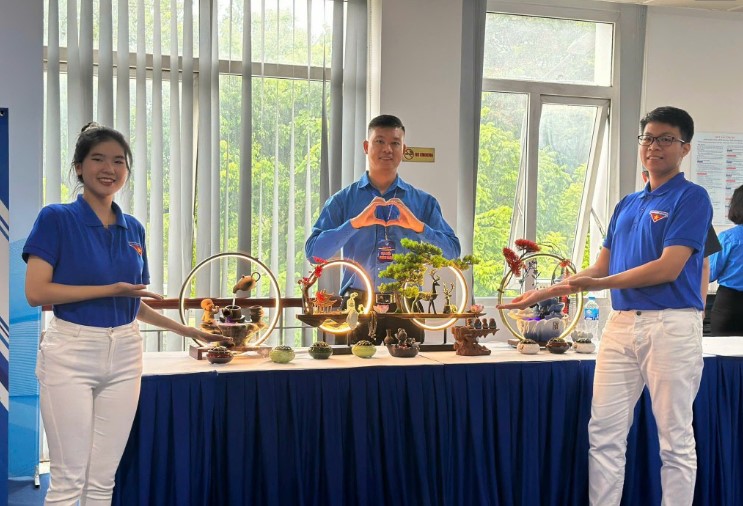
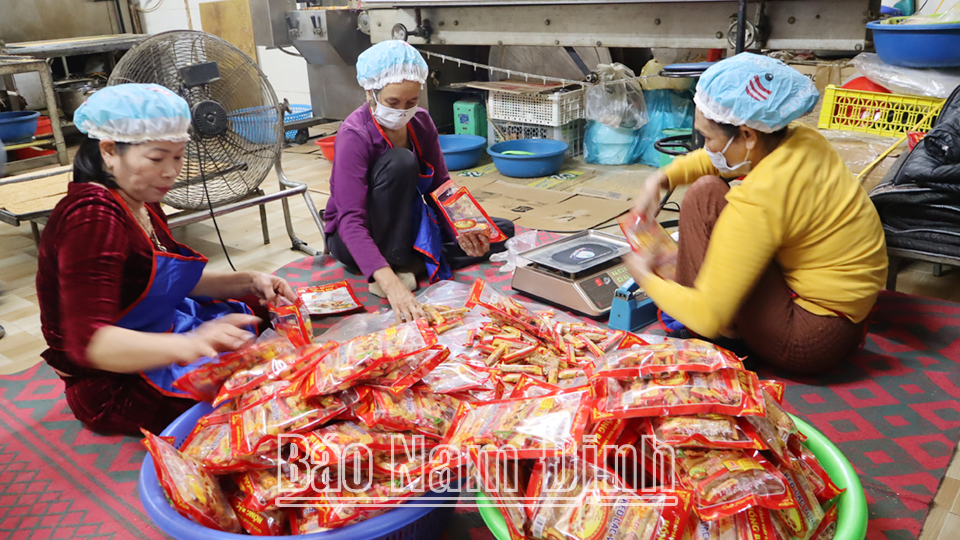





Comment (0)